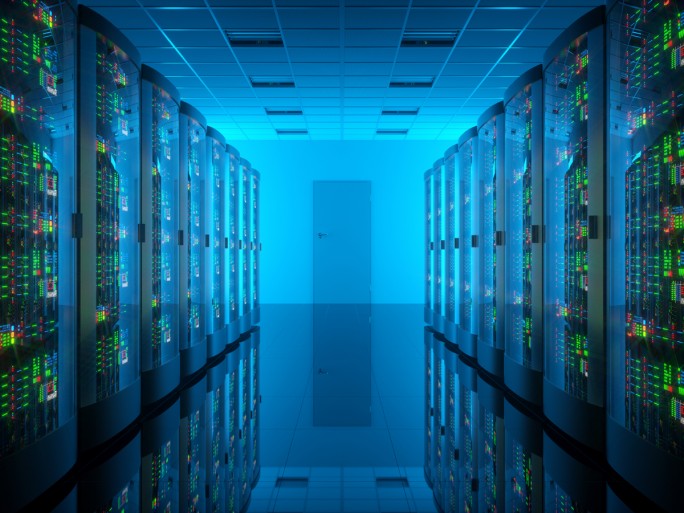Does Energy Efficiency Law Hold Back Digitization?

Data centers are the backbone of digitization and thus drivers of the energy transition, says Anna Klaft from Rittal.
The German parliament has passed the “Energy Efficiency Act”. For the data center industry and its IT infrastructure partners, it represents a considerable challenge. They must now comply with the requirements while doing their best to avert possible conflicting goals and contradictions for the common goal of the energy turnaround.
Data centers are large electrical consumers. It is therefore absolutely clear that their energy efficiency must be optimized with high priority. On the other hand, they are the backbone for digital data spaces, without which no energy transition is possible. The German Datacenter Association (GDA) has therefore already made it clear during the current legislative process that the desirable energy efficiency should not slow down the expansion of the urgently needed digital infrastructure. Now that the law has been passed, it is up to us planners, operators and providers to find solutions to the sometimes seemingly unrealistic specifications – wherever possible.
Mandatory Power Usage Effectiveness
The law provides for the introduction of a mandatory Power Usage Effectiveness (PUE). This key figure describes the energy efficiency of a data center. Data centers that go into operation from July 2026 are to have a PUE of 1.2. That is an extremely ambitious target. Even if we can implement it technically to a large extent and most data center operators strive for it for cost reasons alone, this general rule fails to take into account three decisive aspects that can stand in the way of implementation.
First, such a low value must be factored into planning from the start – the data centers that will begin operations in 2026 have already been planned, approved, or are under construction. If the law delays construction now, it will slow down the expansion of urgently needed digital infrastructure, including for the energy transition.
Colocation providers have little influence on capacity utilization
Secondly, in order to achieve this value, the IT systems must be utilized – new ones at least 30 percent, older ones at least 50 percent. However, colocation providers have no influence on this. As operators, they provide the data center infrastructure and then various companies place their own IT systems in it. This operator model is widespread, with an upward trend. It is expected to account for 50 percent of the German market by 2025.
Thirdly, the technical and economic effort depends heavily on the local conditions. In Lefdal, Norway, for example, Rittal operates one of the greenest data centers in Europe and achieves a PUE of less than 1.15. Due to the ideal physical conditions in a mine, naturally cooled with cold fjord water, this is even possible with a PUE guarantee. In Frankfurt’s city location, on the other hand, it would only be feasible – if at all – at immensely higher expense.
More differentiation in heat recovery
The lack of differentiation becomes even clearer when it comes to heat recovery. A blanket obligation is not associated with any guarantee of increased efficiency. Instead, in many places this requirement is tantamount to a ban on new data centers. The use of waste heat always makes sense if there is a clear customer.
The solution in implementation lies in close cooperation between the industry, local stakeholders and a high level of standardization. Thanks to the decision by the German parliament, the facts are now clear, even if we would have liked to see more differentiation. Our experts can now clarify individual options by talking to operators. Standardized modules for racks, cooling, power, monitoring and security will then help to implement plans and changes more quickly. The industry must now fully exploit its technical possibilities so that the law does not slow down digitization.
Anna Klaft
is Vice President Solution Sales IT at Rittal.
![]()